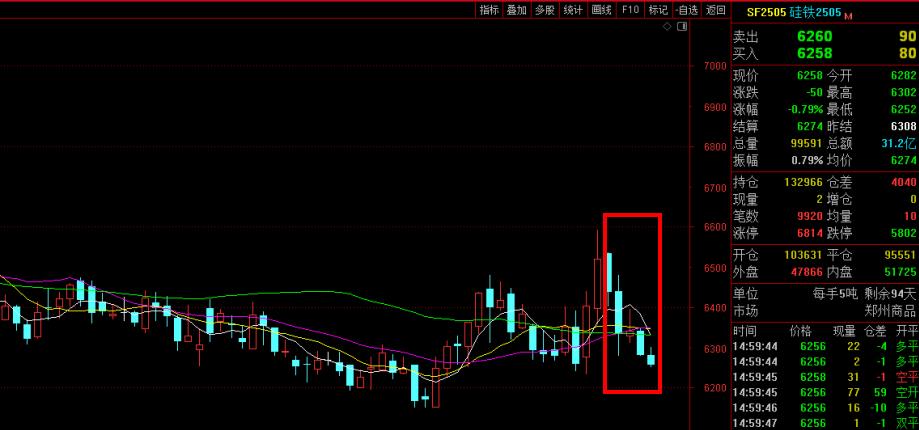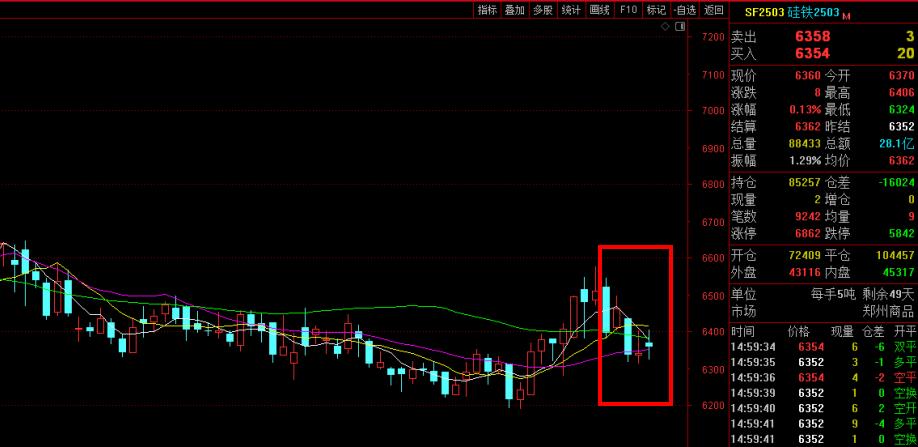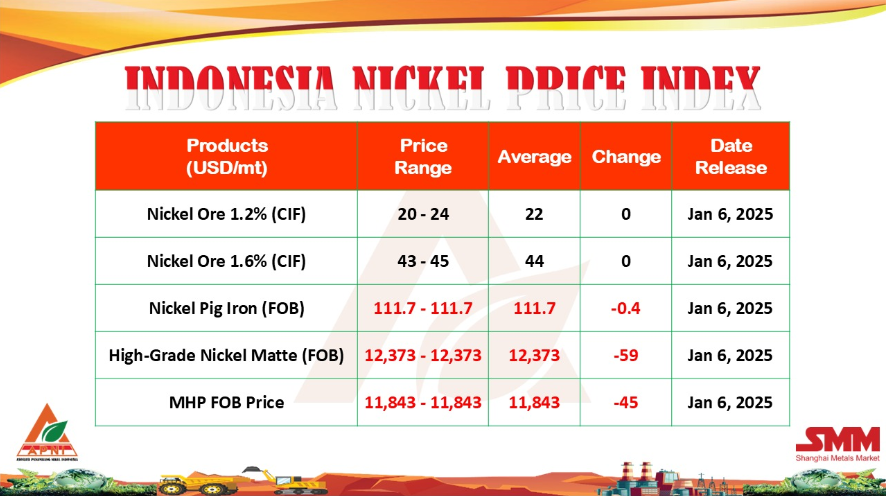In late October, Russia opened the first stage of the country’s largest solar power plant. Located in the Republic of Bashkortostan, between the Volga river and the Ural Mountains in the south of the country, the project will eventually have a 20-megawatt (MW) capacity.
Solar has been the fastest developing renewable energy source in Russia in recent years. From just 2 megawatts of capacity in 2012, solar generation is due to grow to 1,500 megawatts by 2020, according to the Russian Solar Energy Association.
The company behind the new plant, Hevel Solar, plans to supply a total of 500 MW of solar power to Russia’s energy network over the next three years, and is now manufacturing solar components.
But the picture for other renewable energy sources is not so sunny. In a country whose energy production and economy are dominated by fossil fuels, renewables account for only a small percentage of energy production.
“On the global scale, it is very little. Even in 2020, investments in renewable energy will be slightly more than 10 percent of the overall investments in the Russian energy sector, and Russia’s share in global renewable energy capacity will not exceed 0.5 percent,” Alexey Kokorin, head of the climate and energy department at WWF Russia, said in an interview.
The relatively rapid development of solar energy in Russia is due principally to regulations requiring renewable energy projects to use domestically produced equipment and supplies in order to qualify for state support.
At the moment the rules mostly favour solar, since much of the necessary equipment can already be manufactured within the country. Falling global costs for solar generation also are playing a role, experts say.
“In early 2013, when the government decided to support the development of the renewables sector, it overestimated the potential of wind energy and small hydro plants, yet very much underestimated the dawning of solar energy generation,” Kokorin said.
FACING HURDLES
It remains difficult in Russia for private individuals to install a solar panel or a wind turbine on their land, since the highly centralized energy supply system and strict regulations on access to power networks make it almost impossible to operate small-scale energy projects.
“We get many requests from households living in remote places and willing to install an autonomous energy supply system – a small wind turbine, a solar panel, geothermal or biogas unit,” said Olga Senova, director of Friends of the Baltic, an environmental nongovernmental organisation that consults with homes, public schools and municipalities on energy efficiency and renewable energy.
Senova said it is complicated for a household to connect their renewable energy source to a grid.
“Families are required to get many small approval papers – and the whole process may take up to many years to accomplish,” she said.
Cost and reliability are also potential problems. Off-grid renewable electricity power units may not be 100 percent reliable, she said, and while a combined solar or wind unit with gas or diesel might be a solution, such equipment is expensive for individual households to buy and install.
Biogas might be good for a larger settlement such as a farm where large amounts of organic waste are produced, and geothermal heat pumps could work but are expensive, experts said.
The Russian Socio-Ecological Union, an umbrella association of small regional environmental NGOs, calculates that installing a geothermal system to heat a house of 100 square metres costs around $10,000.
“Theoretically speaking, green energy could make up to one-third of energy production and up to half of overall heat production (in Russia),” said Elena Medvedeva, speaking at a conference in Moscow earlier in the autumn. Medvedeva heads a research team from the Higher School of Economics in the country’s capital that analysed the potential for renewable energy for the Ministry of Energy.
But current economic and political conditions argue against more green energy, she said.
“One of the major obstacles on the way to renewables development is the high cost of borrowed money (combined with) low natural gas prices,” she said.
Officially, the government acknowledges the importance of renewable energy. Earlier this year Russia joined the International Renewable Energy Agency, and officials are involved in public discussions on the importance of developing clean energy.
But so far, achievements are relatively small, experts say. In 2009, the government set a goal of 4.5 percent of electricity production through renewable energy by 2020, but it looks like the target will be missed, they say.
The share of renewable energy (excluding large hydropower stations) is likely to reach only 2.5 percent of total production by 2020, said WWF Russia’s Kokorin.
Speaking at a press conference during the recent UN climate conference in Paris, Sergey Donskoy, Russia’s minister for natural resources, said the government hoped that total investment in renewables would amount to $53 billion by 2035.
According to Donskoy, currently about half of all new generating capacity is non-fossil fuel based, although this includes nuclear power and large-scale hydro plants.
That is relatively small since Russia aims to invest $2.8 trillion in energy production by 2035, with most money still going to oil and gas, Vladimir Chuprov, the head of Greenpeace Russia’s energy programme, said in an interview.
- [Editor:tianyawei]



 Save
Save Print
Print Daily News
Daily News Research
Research Magazine
Magazine Company Database
Company Database Customized Database
Customized Database Conferences
Conferences Advertisement
Advertisement Trade
Trade














 Online inquiry
Online inquiry Contact
Contact

Tell Us What You Think